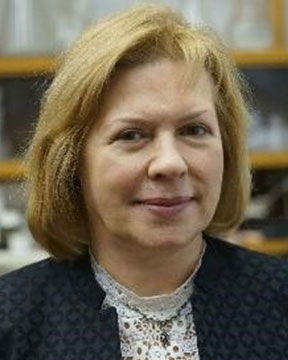



















 |
Maria BrekhovskikhKurnakov Institute of General and Inorganic Chemistry, Russian Academy of SciencesModified Fluoride Zblan Glasses Tressaud International Symposium on Solid State Chemistry for Applications and Sustainable Development Back to Plenary Lectures » |
Abstract:Fluoride glasses have been an attractive material for thirty years in shorter optical devices with applications lying in the visible and mid IR spectral range due to their low phonon energy (~500-600 cm-1). In this review, the information on glass-forming fluoride systems is presented, and the main methods for synthesizing glasses on the basis of fluorides of the metals of Groups IIV, their physicochemical properties, techniques for producing fibers, areas of application, and the techniques for purifying them from undesired impurities are discussed. Modern materials science studies in the area of fluoride glasses are aimed at searching for glasses activated with rare-earth elements (REEs) or transition elements with a broad IR transmission range and high optical homogeneity. This is in the purpose of creating efficient active optical media in a wide spectral range [1-3], as well as creating converters of IR radiation into the visible range for enhancing the efficiency of solar cells[4]. At present, the fluoride phosphors activated by Mn4+ ions, which emit a narrow-band spectrum in the red region and absorb strong optical radiation in the blue spectral region, are considered to be the most promising light converters. The modified fluorozirconate glasses (ZBLAN) doped with BaCl2, BaBr2 MnO2 were synthesized and their luminescence and EPR spectra were measured. As a result, we synthesized a new phosphor based on fluorozirconate glass doped with manganese ions, in which a long-wavelength shift of the manganese green luminescence band into the red region (610 nm) has been found. References:[1] J.-L. Adam, Non-oxide glasses and their applications in optics, J. Non-Cryst. Solids 287 (2001) 401-404. |
|